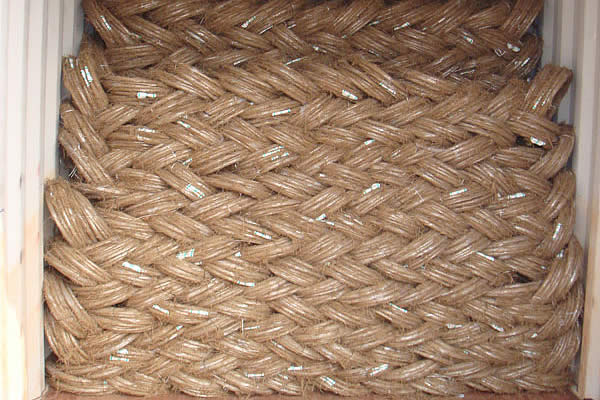 TEL:
+86-13102802206
TEL:
+86-13102802206
 Email:
fencenetting@china.com
Email:
fencenetting@china.com
 Language
Language
 TEL:
+86-13102802206
TEL:
+86-13102802206
 Email:
fencenetting@china.com
Email:
fencenetting@china.com
 Language
Language


Welding cast iron with stainless steel wire is an important process in metalworking that allows for the joining of these two distinct materials, each offering unique properties and benefits. Cast iron is known for its excellent castability and good wear resistance, whereas stainless steel is prized for its corrosion resistance and strength. The challenge, however, lies in the differences in their physical and thermal properties, which can lead to complications during the welding process.
To begin with, cast iron generally has a high carbon content, which can lead to brittleness, particularly in the weld area. When welding with stainless steel wire, it is crucial to understand how these differences will affect the weld integrity. The use of stainless steel wire can improve the mechanical properties of the joint, making it less prone to corrosion compared to conventional cast iron welds. However, it is essential to select the right type of stainless steel wire that can accommodate the characteristics of cast iron, typically classified as either austenitic or ferritic wire.
One common method for welding cast iron to stainless steel is the use of a TIG (Tungsten Inert Gas) welding process. This method provides a precise control over the heat input, thereby minimizing the risk of cracking or warping in the cast iron component. Before initiating the welding process, preheating the cast iron is recommended to reduce thermal gradients that can lead to thermal stress. Preheating also helps in reducing the likelihood of porosity in the weld, a common defect when joining materials with different thermal properties.
When preparing for welding, thorough cleaning of both surfaces is imperative. Any contaminants such as oil, grease, or rust must be removed to ensure good weld quality. After cleaning, the joining surfaces should be inspected for cracks or defects. A skilled welder may use a back-step welding technique to alleviate stress and improve the overall strength of the weld joint.

After welding, post-weld heat treatment may be beneficial. This process can help relieve any residual stress in the weld area, thereby decreasing the risk of cracking over time. It's also a good practice to monitor the affected area during cooling to prevent the formation of hard and brittle microstructures that can occur in cast iron due to rapid cooling.
Furthermore, proper filler material selection is crucial in ensuring the overall durability of the welded joint. Specialized filler rods specifically designed for cast iron to stainless steel welding often contain nickel or nickel alloys, which help to bridge the metallurgical gap between the two materials and improve their performance under stress.
In conclusion, welding cast iron with stainless steel wire is an achievable and beneficial technique, provided that careful consideration is given to the properties of both materials. By employing the right welding method, selecting appropriate fillers, and ensuring the proper preparation and post-weld treatment, welders can create strong and durable joints that capitalize on the advantages of both cast iron and stainless steel. This skill not only enhances the versatility of welded components but also opens the door to innovative applications in various industries, including automotive, construction, and manufacturing, where the unique properties of both materials can be utilized for optimal performance.